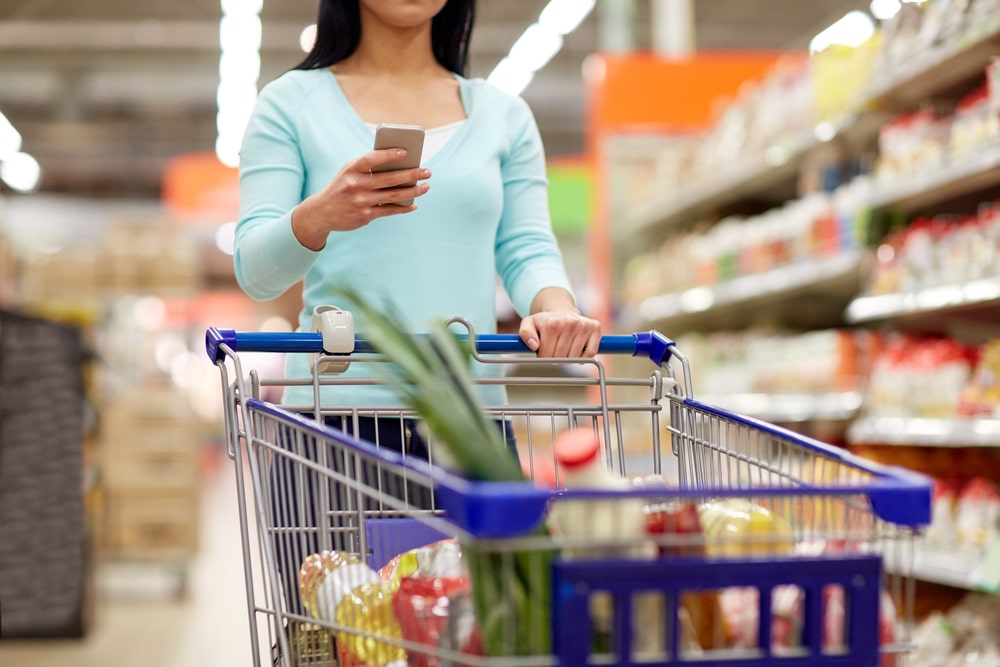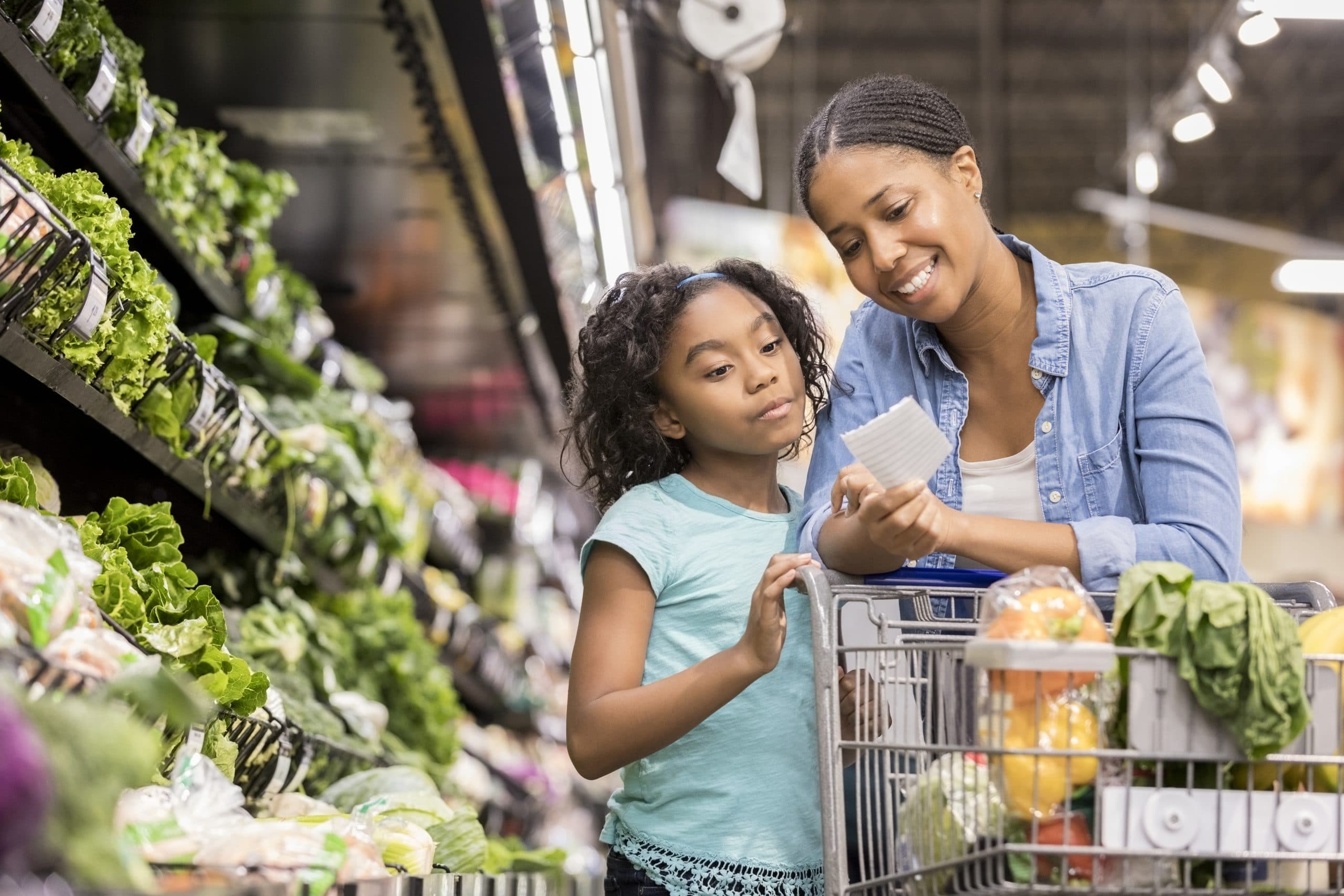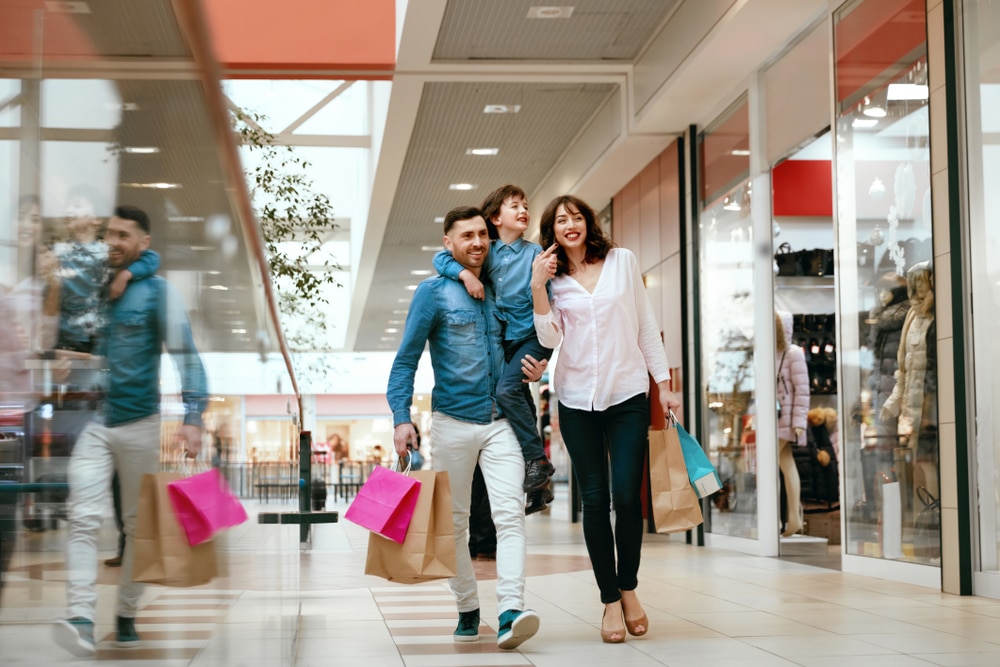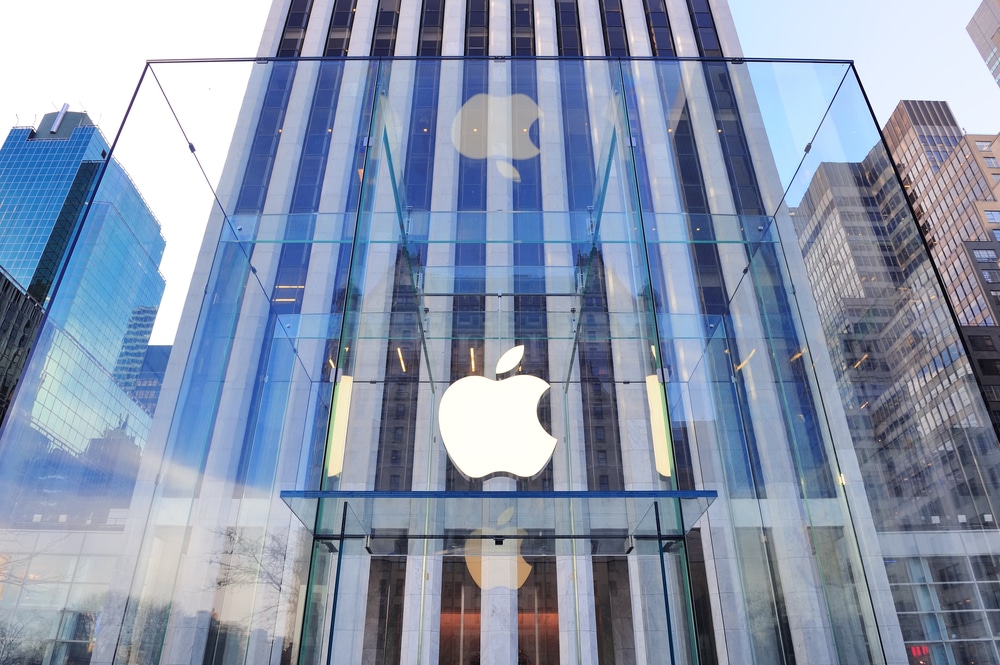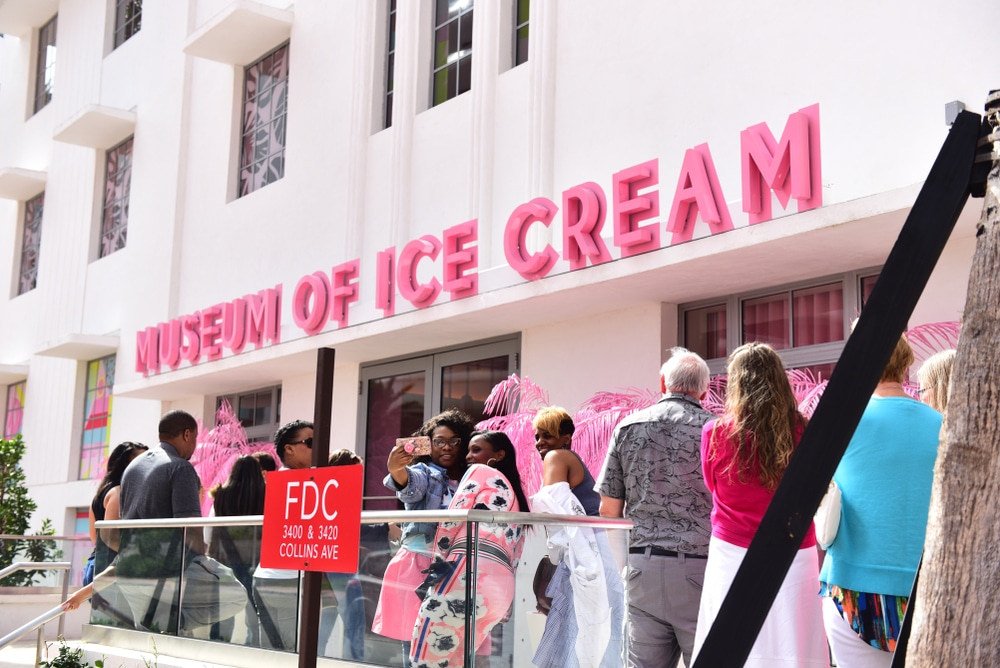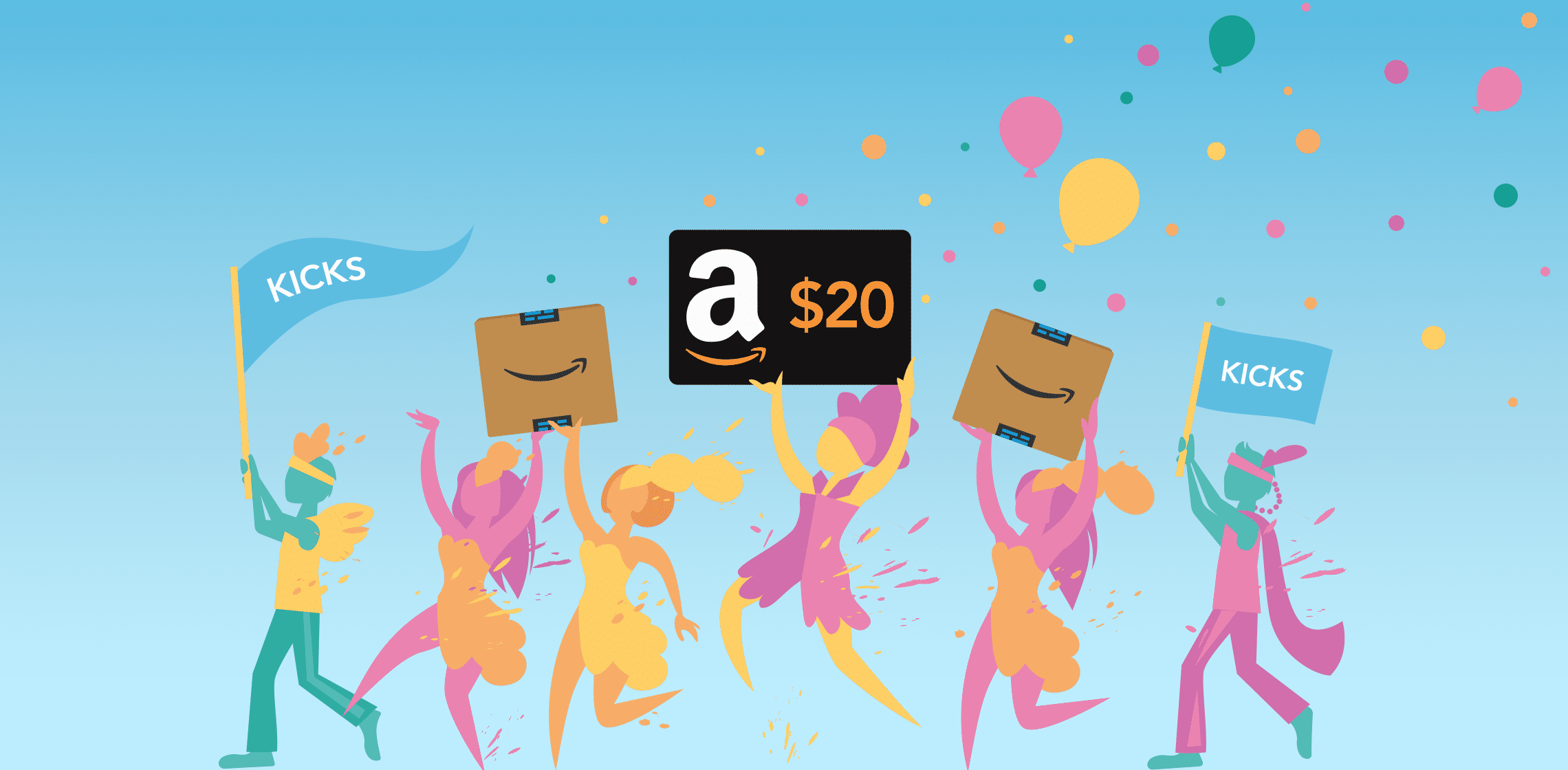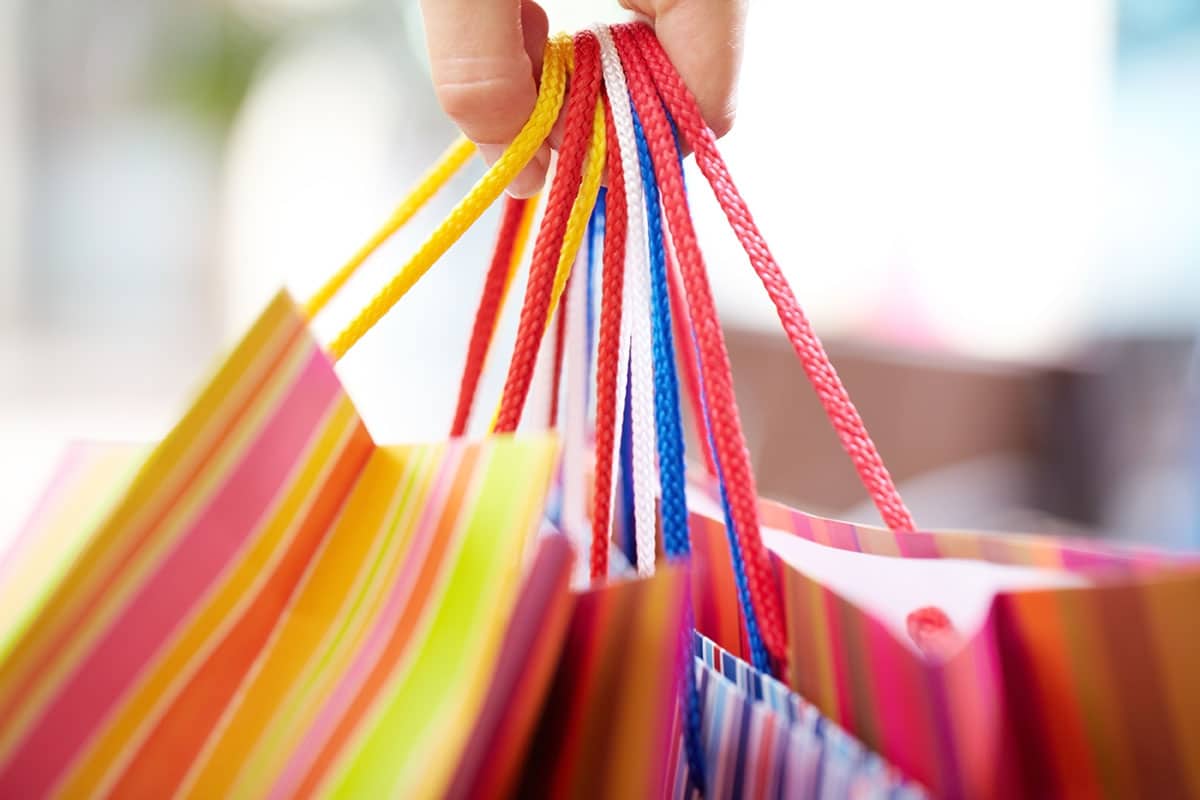Many retailers are faced with the challenge of increasing in-store foot traffic. Continue reading “Find out why your retail conversion strategy may need to be revamped”
Author: shopkick
How to Make Grocery Shopping Fun for Kids
Rarely has grocery shopping ever felt like a chore. From meal planning to letting me push the cart, helping to place groceries in bags at checkout to loading our car before we left, my parents always did a great job of including me on a weekly task that always felt like fun. To this day, I still view grocery shopping in a positive light!
I can completely understand why grocery shopping with kids might not be at the top of everyone’s list of enjoyable things to do, but I think it can be a great experience if you keep a few things in mind. Below are five tips for making grocery shopping fun for kids (and you!).
Meal Plan Together:
This may not always work, especially if you have kids with more picky palettes, but my mom always asked us what we wanted to eat for dinner that week while she was preparing her list. We would rattle off recipes we enjoyed (some were frequent repeats!), and we would see how many of us were on board. The ingredients for the winners were placed onto the list, and we could get excited about that week’s meals. We would always chat through breakfast and lunch options too.
I’ve always thought meal planning together works well because I was able to be involved in making meal choices. I also knew decisions had already been made prior to the grocery store, so I was less likely to ask to add items to the cart that had not already been talked about before shopping.
Go on a Scavenger Hunt:
Another way to make grocery shopping fun for kids is to make your shopping trip into a game. Playing I Spy is always an option, but I’ve found creating a scavenger hunt with help from Shopkick is even more engaging. Simply open your app, view the items available to be scanned at your grocery store, and try to find as many as possible while you’re walking down the aisles. It’s engaging for kids because they feel encouraged to shop through the store with you, and it offers them something fun to do while you fill your cart. Plus, you earn kicks (reward points) you can redeem for a free gift card!
Opt for Kid-Sized:
The inventor of kid-sized carts deserves an award! I remember being thrilled the first time I spotted a kid-sized cart at my grocery store. I insisted on not only pushing the cart myself but also filling it with as many items as possible. Having “my own” cart kept me endlessly entertained, and I know I’m not the only one! Today, I love seeing kids pushing carts at the grocery store because I can tell they’re excited to add new items to their cart as quickly as possible. While a smaller cart might not be large enough for a weekly trip to the grocery store, it is perfect for when you need to run inside for a few additional items throughout the week!
Watch Videos:
Another great way to use your Shopkick app while grocery shopping is to watch videos. There are often videos available after scanning items, which allows you to earn additional kicks. Plus, your kids can also explore the Discover Tab to earn even more kicks while they watch videos from the comfort of the cart. Again, you will be well on your way to a free gift card!
Time Alone with You:
Grocery shopping was always something my mom and I did together, and this “chore” always felt special as a result. Now, I have many friends who opt to turn grocery shopping into a date with their kids. Often, they will ask their older child to grocery shop with them alone while their younger child stays home with their partner. They have found it’s a great way to encourage one-on-one time and check off an errand at the same time. The great thing about kids is they are typically completely entertained by simple tasks, especially if they get to spend time with you!
What are your best tips for making grocery shopping with kids fun and engaging? Let us know on Facebook, and don’t forget to download Shopkick for free!
The future of retail: 6 growing trends in retail
Utilize these 3 creative ways to increase retail sales both in-store and online
Finding creative ways to increase retail sales can be challenging for brands looking to blur the line between in-store and online purchases. Continue reading “Utilize these 3 creative ways to increase retail sales both in-store and online”
Shop for Groceries Online and Save with Walmart Grocery
Do you enjoy grocery shopping? On certain occasions, I truly do. However, when my schedule is packed or there’s a more interesting invitation on the table, grocery shopping can truly be a pain. Although there are several services in my area that will deliver groceries right to my doorstep, I’ve always been skeptical. However, I put everything aside when Shopkick launched their partnership with Walmart Grocery!
Each week (sometimes several times each week), I stop into Walmart. It’s one of the best stores to go to truly save money, and I always know I’m going to earn kicks while I’m there. Simply put, it’s a store I trust for both prices and top products, and I knew I would experience the same great quality and competitive prices while shopping online with Walmart Grocery. Here’s why you need to give Walmart Grocery a try:
Online Shopping
Shopping for groceries online with Walmart Grocery is quick and easy. You can shop by department, event (back to school!), or even by the specific item. Once you see the item you would like to purchase, simply add it to your cart. My favorite feature is the ability to create a “favorites list” of products I purchase often. The list appears on the homepage of the Walmart Grocery site, which makes grocery shopping even faster because you can add items to your cart with a few quick clicks.
Pickup or Delivery
I live in an area where Walmart Grocery delivers, which is wonderful. However, if Walmart Grocery doesn’t deliver in your area, their team can still shop for you. The only thing you will need to do is park in a designated Walmart Grocery parking spot, and their team will bring your order out to your car.
Purchase What You Need
While I don’t yet have kids who will inevitably request items that are not on the list, I do have to contend with myself in the grocery store. The rule is to never shop while you’re hungry, and it’s something I rarely remember to abide by. New things always end up in my cart! While it’s fun to try new items, it’s not always helpful when I would rather stick to my budget. Shopping online with Walmart Grocery means I only purchase what I need!
Shop Other Departments
Walmart has nearly every item you could ever need, which is wonderful. And, I’m happy to report Walmart Grocery is the same way! Like I mentioned, you can shop by category or department. It’s so simple to shop for everything you need for back to school season with Walmart Grocery. Plus, you can also purchase items for babies and pets, as well as toys, sports equipment, and more. I also love their Stock Up section to purchase well-loved items in bulk.
You Can Earn Kicks
I always know I’m going to earn kicks when I shop in store (or online!) at Walmart, and I was thrilled to learn I can still earn plenty while shopping online with Walmart Grocery. To offer you an extra incentive, you will earn 450 kicks every time you order with Walmart Grocery through your Shopkick app. It’s worth a try already!
Have you tried Walmart Grocery? What’s the biggest perk you’ve found? Let us know on Facebook!
How to structure the retail customer experience to build awareness
The retail industry is currently in a state of transition. Continue reading “How to structure the retail customer experience to build awareness”
Why these 3 experiential retail trends are so effective
Experiential retail trends might be the key to breathing some life back into brick-and-mortar stores. Continue reading “Why these 3 experiential retail trends are so effective”
Retailers ask: What is experiential retail?
Experiential retail is oft-misunderstood. Continue reading “Retailers ask: What is experiential retail?”
Shop Amazon Prime Day Deals with Shopkick
Are you addicted to Amazon Prime? I signed up for a subscription a year ago, and I have been hooked ever since. I love the convenience of shopping online with Amazon, placing orders for the items I need without fear I’ll pay a hefty shipping charge (you never pay for two-day shipping!), and knowing my purchases will be dropped off on my doorstep within two days. Sometimes, I even happen upon a box the very next day! Plus, when you’re a member, you receive access to Amazon Prime Day, which kicks off TODAY!
If you are not yet an Amazon Prime member, I highly suggest jumping onboard right now. Better yet, sign up for your first year of Amazon Prime with Shopkick! When you do, you will immediately earn a $20 Amazon gift card you can use during a future shopping trip. Plus, you will be able to access all of the Prime Day deals happening today through 11:59 p.m. PST tomorrow, July 16.
Not only can you earn a gift card for signing up for Amazon Prime with Shopkick, but you can also earn plenty of additional kicks when you shop the sale using the app. Here’s how:
Amazon Devices
Amazon Kindles are wonderful because you have access to a never ending supply of books right at your fingertips. If you’re a member of your local library, you can also download books right to your Kindle from your library’s app. It’s wonderful, and it makes traveling even more enjoyable because you can pack light with one device. Shop for a new Kindle through Amazon Devices and SAVE during Prime Day. Plus, you will earn extra kicks!
Amazon Fashion
Take a look at Amazon Fashion while you’re perusing all of the sales! Amazon has their own fashion brands, such as Lark & Ro, Mae, Ella Moon, and Arabella. Expect to find everything from comfortable basics and active wear to outfits perfect to wear to work. Similar to Amazon Devices, you will earn kicks when you shop Amazon Fashion brands through your Shopkick app!
Amazon Subscriptions
Have you tried Audible? It’s part of Amazon Subscriptions, and it’s a complete library of audiobooks. If you’re trying to read more books each month, Audible may be a great choice for you because you can listen on the go or while you’re relaxing on the beach. When you sign up for an Audible Gold membership with Shopkick, you will save. You can also check out Amazon Music Unlimited and Kindle Unlimited memberships.
Amazon Home
Amazon Home is always stocked with the latest finds for your home, whether you’re searching for décor or appliances. Expect to save money because Amazon always has some of the best deals. When you shop via your Shopkick app you will also earn kicks toward a gift card, which feels like getting cash back on your purchases.
Happy Prime Day shopping, Shopkickers! Let us know your shopping strategy on Facebook.
How to retain customers in retail: 4 strategies to improve retention
How to Take 10,000 Steps with Shopkick
Do you have a step goal? Do you try to reach it daily? Rumor has it, we’re supposed to reach 10,000 steps per day, which is equivalent to just under five miles. That’s quite a walk! If you live in a city and walk from place-to-place or you’re a runner, it likely isn’t terribly difficult for you to reach that milestone. However, it can present a challenge for those of us who don’t live in cities or run and work while sitting down during the week. With that in mind, I have discovered three 10,000 step hacks thanks to our Shopkick community on Facebook. A hint? Scan everything! Let’s get into the details.
1. Complete a Scan Scavenger Hunt
We asked fellow Shopkickers why they enjoy earning kicks, and many were quick to note the app helps them get their steps in! The top way our users are reaching 10,000 steps per day is by taking a walk and participating in their own scan scavenger hunts while shopping in-stores. To join in on the 10K step fun, simply open your Shopkick app when you walk into stores, like Walmart and Target, where scans are plentiful. Then try to scan every item on the scan list! You will find you will take a tour of the store as you attempt to find each item, which means you will take plenty of steps.
2. Run all of your errands in one day
Another great way to get your 10,000 steps in is to save all of your errands for one day. I frequently do this during the summer because I find I would rather skip single errands in favor of creating more time to spend by the pool or at the beach. In the span of a few hours on Saturday or Sunday, I can pick up a birthday gift at the mall (and do an extra lap to clock even more steps!), stop by Best Buy to purchase new headphones (and earn kicks with my QR code!), stroll through Target (and earn kicks for scanning and submitting my receipt!), and stock up on my weekly groceries. It’s a win all around!
3. Head to the mall
Not only is the mall a great place to go to earn kicks at stores like H&M, Harry & David, and Yankee Candle, but it’s also one of the best places to go to walk. The mall is like a more fun version of a track: it’s air conditioned, completely protected from the elements of the outdoors, and there’s plenty to see to keep your mind occupied if you’re not a huge fan of exercise. Think about inviting friends along, so you can catch up while you stroll (and earn kicks!). You could also pop in earbuds, sign up for Audible or Music Unlimited through Amazon Subscriptions on your app, and listen to either while you walk.
Reaching 10,000 steps per day no longer has to feel like a stretch, especially if you make your steps fun and engaging with Shopkick! Make sure you’re part of our Facebook community for even more tips.
How to develop an effective retail marketing strategy
An effective retail marketing strategy generates consumer interest and drives in-store sales. Continue reading “How to develop an effective retail marketing strategy”

